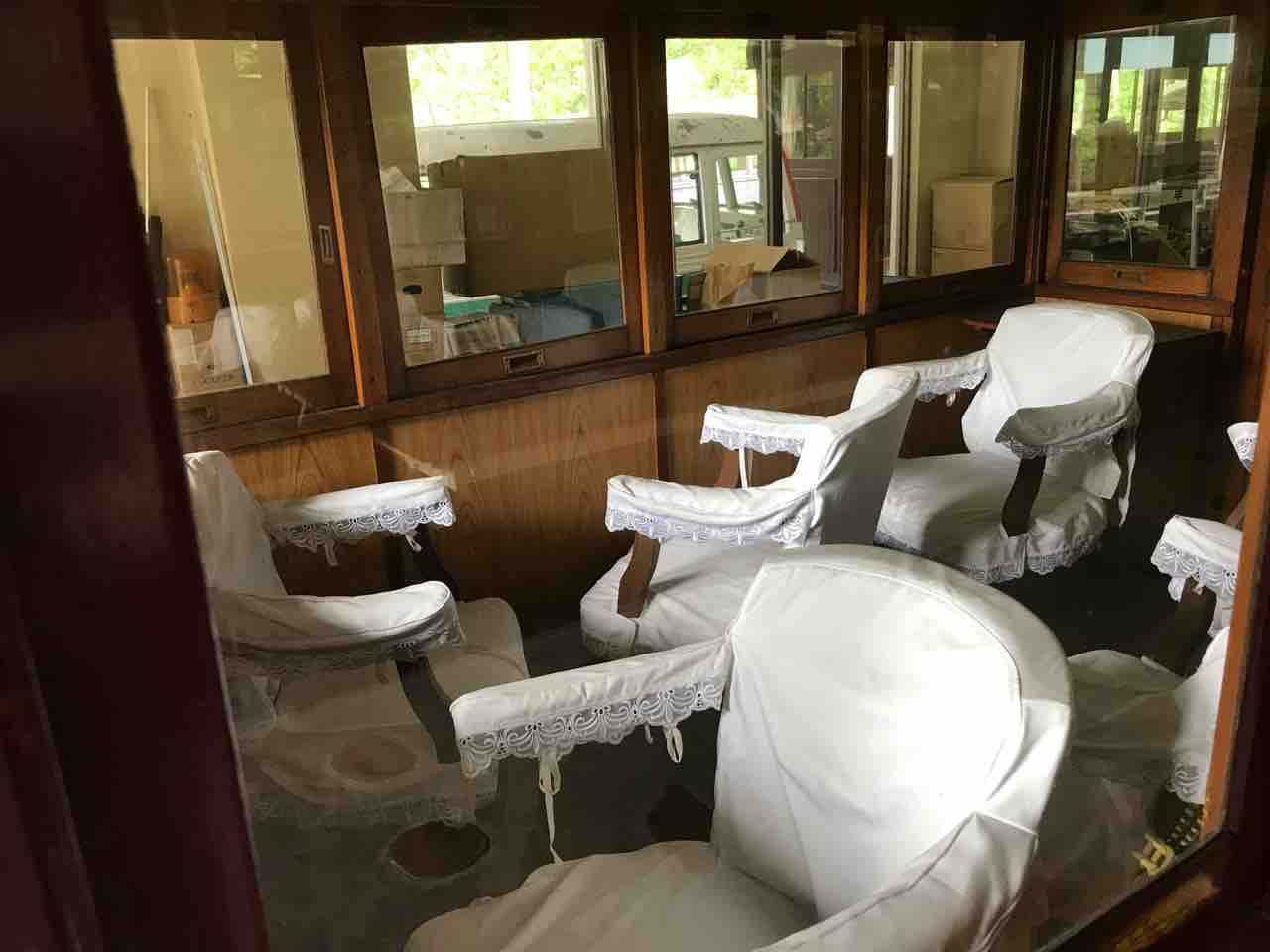赤沢森林鉄道
2018年6月のある日、僕はナローゲージ鉄道の模型収集に没頭していた。
その情熱が高まり、長野県の木曽地域へと足を運んだ。
この地にはかつて、ナローゲージの機関車が走り回っていたという噂を聞きつけたからだ。
ナローゲージとは、狭い軌間のことである。
軌間というのはレール(軌道)間の距離のことである。
すなわち、二本のレールの間の距離が狭いということだ。
我が国での一般的な軌間として、JR在来線に代表される1,064mm軌間に加え、新幹線や関西の私鉄などが採用している1,435mmが主流となっている。
日本では、1,067mmを採用する路線が最も多いが、世界的には1,435mmが最も普及しており標準軌とも呼ばれている。
これは明治時代、イギリスから技師を招聘し日本で初となる鉄道を建設するにあたり、1,067mm軌間が採用されたことによる。
「イギリスの植民地は1,067mmを採用しており、日本は植民地扱いされていた。」という説や、
「車両を小型化できる分、より経済的であることがイギリスでも提唱されていたためだ。」などと諸説ある。
一般的には、ナローゲージとは1,067mmよりも狭い、主として762mmの特殊狭軌鉄道のことを言うのである。
・・・さて、話が少し脱線したが、ここ木曽にもナローゲージが存在したという。
その名は木曽森林鉄道。軌間762mm、木曽谷の国有林から産出された木材を運搬するための鉄道である。
林野庁中部森林管理局管轄の国有林である赤沢自然休養林。
ここにかつての木曽森林鉄道の車両たちが動態保存されているという。
この赤沢自然休養林、かつては伊勢神宮の建築用材を産出するための森林地であったという。
また、日本における森林浴の始祖ともいわれている。
現在では、夏季は避暑地として観光客が訪れる他、森林セラピー基地に指定されている。
秀吉も重用したと言われる木曽の木材。
かつては、尾張藩が「木一本、首一つ」という政令を発して木曽の木を守ったという。
ナローゲージの鉄道は現代では少なくなり、一般的にはあまり馴染みのないものであるが、昭和の時代には、産業用・旅客用ともに、全国に数多のナローゲージ鉄道が敷かれていたのである。
木曽森林鉄道は、1985年(昭和60年)伊勢神宮の式年遷宮に使用された木材の運搬が放映され話題となり、1987年(昭和62年)から乗車体験を開始したそうである。こちらの博物館内にはかつて木曽森林鉄道を走っていた米国ボールドウィン・ロコモティブ・ワークス社製の機関車も展示されている。
経費節減のため、燃料を木炭に変えたことで煙突から出る火の粉が森林火災を起こさないよう、煙突も大きなものに換装したのだという。
木曽森林鉄道は旅客列車も運行していた。みやま号である。一日一往復、運行されたという。
地域の大切な足でもあったのである。
この貴賓車は、昭和32年、上皇陛下が、当時皇太子として赤沢に行啓の折に御乗車になられたという。要するに皇室専用の御料車である。
車両はとても小さいが、なんと展望デッキまで設けられている。
こちらは理髪車である。
森林で作業にあたる作業員は長く家に帰らず、理髪手を乗せた理髪車で散髪をしたという。
この理髪手も営林署の職員であった。
綺麗な塗装のナローらしいモーターカーが佇んでいた。
こういった小さな車両は、模型の題材っぽくてよい。
このごろ僕は、これらのような車両に大変な興味を持ち、模型を収集していた。
一般的にナローゲージの鉄道模型は、1/87スケールで、軌間が9mm(Nゲージと同じ)の線路を使用する。
この規格はHOナローやHOnなどと呼ばれている。
HOナローの所有車両の中でお気に入りは、根室拓殖鉄道の銀龍号や、インドのダージリンヒマラヤ鉄道。
キットは高いので、ケント紙から自作することも多かった。
こうした模型は、大手のメーカーからは発売されることが少ないため、模型店を巡ってキットやパーツを探す楽しみもあった。
園内にある、赤沢森林鉄道に乗車する。
赤沢森林鉄道の乗車券は木でできており、立派なお土産になる。
ラッキーなことに、僕たちのほかに客はいない。一編成を独り占めだ。
しかも、この列車に乗っているだけで森林浴ができる。なんて贅沢な時間なんだ。空気が明らかに美味い。
ちなみに、この列車は終点で降車することはできず、そのまま元の駅まで折り返し運転される。
森の中の急カーブを、おもちゃのようなトロッコ列車がコトコト進む。
一両が短く、カーブも急で、実に模型的である。
例えば、模型を走行させる際に、自宅等の狭い空間で線路を敷くとどうしても実景よりもカーブ半径が狭くなり、走行する列車の連結面がガバっと開いてしまう。
一般的な鉄道車両はこんなことはほとんど起きないため(京阪京津線など、あるにはあるのだが・・・)
よほどの大型レイアウトでない限り、カーブでは興ざめしてしまうのだが、
ナローゲージであれば実物がそもそもそれに近い状態になるわけで、気になることはない。
狭いレイアウトを走らせた際により実感的になるというメリットがある。
これをご覧になった諸兄が、もし都会の日常に疲れを感じているのなら、この赤沢自然休養林を訪れてみてはいかがだろうか。